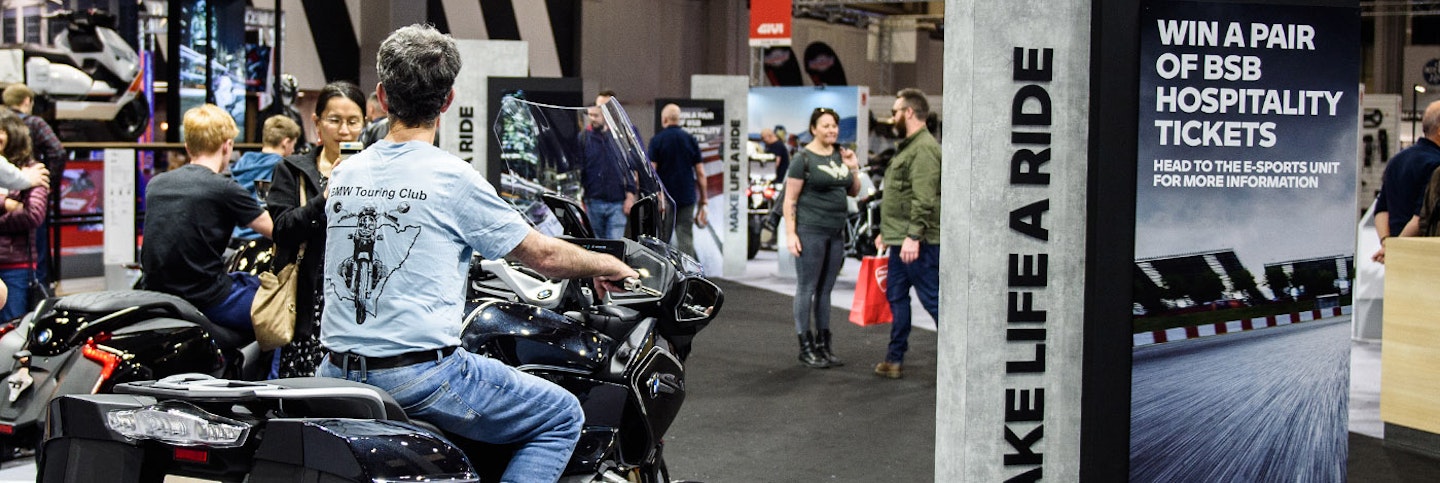News
Everything you need to know about the world of motorcycling, from new bikes to new designs and patents, how the world economy impacts motorcyclists and what new legislation is on the agenda. Find all your Motorcycle News at BikeSocial.
List of articles
- Racing features
Endurance World Championship - EWC Guide
Become an expert in Endurance Racing with our comprehensive guide
By Stephen Lamb14/04/2025 - Racing features
A complete guide to the Daytona 200
All the key event information
By Michael Burton06/02/2025 - Racing features
Chris Walker returns to World stage with Kawasaki
Chris 'Stalker' Walker returns to World stage with Kawasaki
By Michael Burton17/02/2023 - Racing features
Honda racing's new boy Nathan Harrison ready to take his chance
Nathan Harrison: 'When I was a lad, I wanted to be John McGuinness. Now I'm his teammate!'
By Michael Burton18/01/2023 - Racing features
Chrissy Rouse Remembered
BikeSocial remembers Chrissy Rouse
By Michael Burton10/01/2023 - Racing features
2023 Dakar Rally Preview | Can Sam Sunderland double up in the dunes?
Can the British hero cook on GasGas?
By Ollie Barstow31/12/2022 - Racing features
Oliver's Mount, Scarborough - Racing Calendar 2023
Find all the information you need about the Annual Oliver's Mount road races, including tickets, dates and TV coverage.
By Stephen Lamb09/12/2022 - Racing features
Why Bradley Ray almost stepped away from racing
Why Bennetts BSB wonderkid Bradley Ray almost quit racing
By Michael Burton28/09/2022 - Racing features
Wayne Rainey rides again: 'It felt right, I felt free again'
Wayne Rainey and the emotion of his poignant riding return
By Ollie Barstow05/07/2022 - Racing features
Christian Iddon recalls his doomed Bimota WorldSBK bid
Christian Iddon takes a trip down memory lane
By Ollie Barstow30/03/2022
You might be also interested in
Get a quote
We search our panel of insurers to find you our best price for the cover you need

